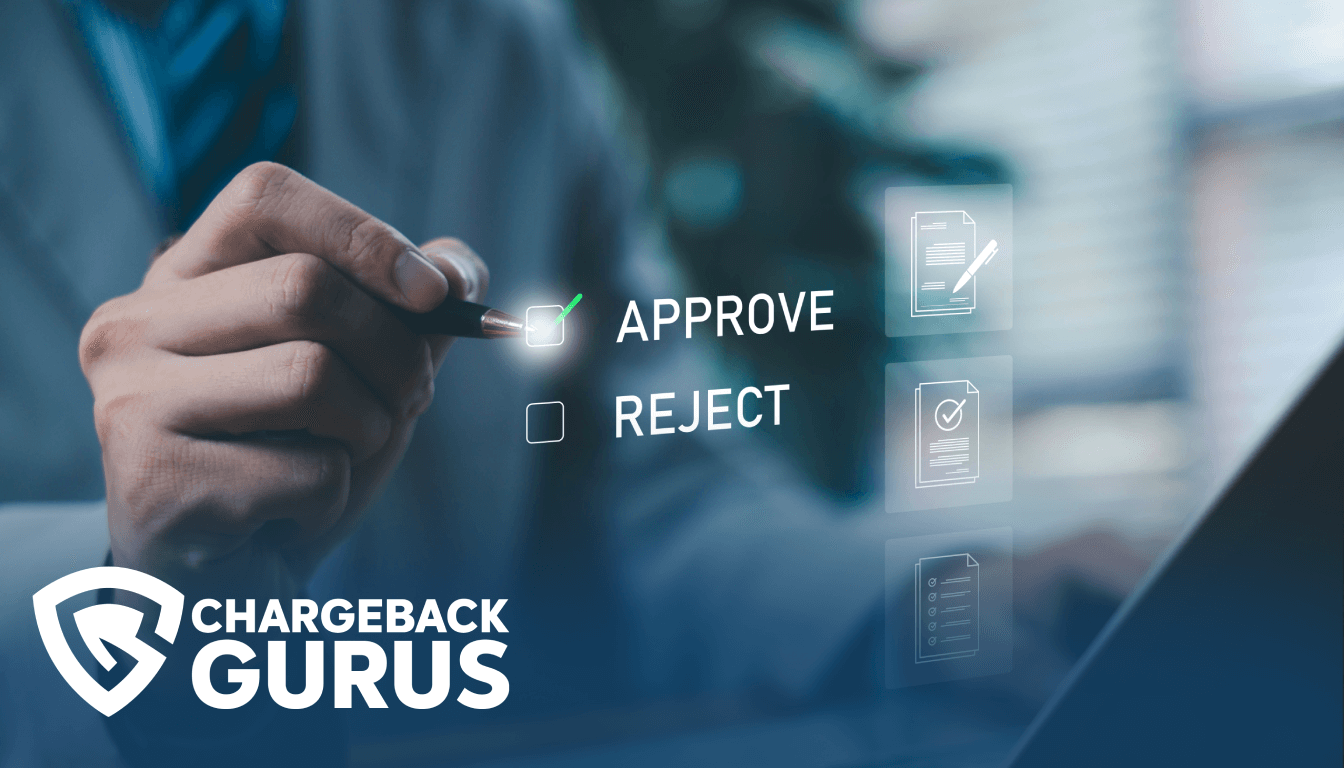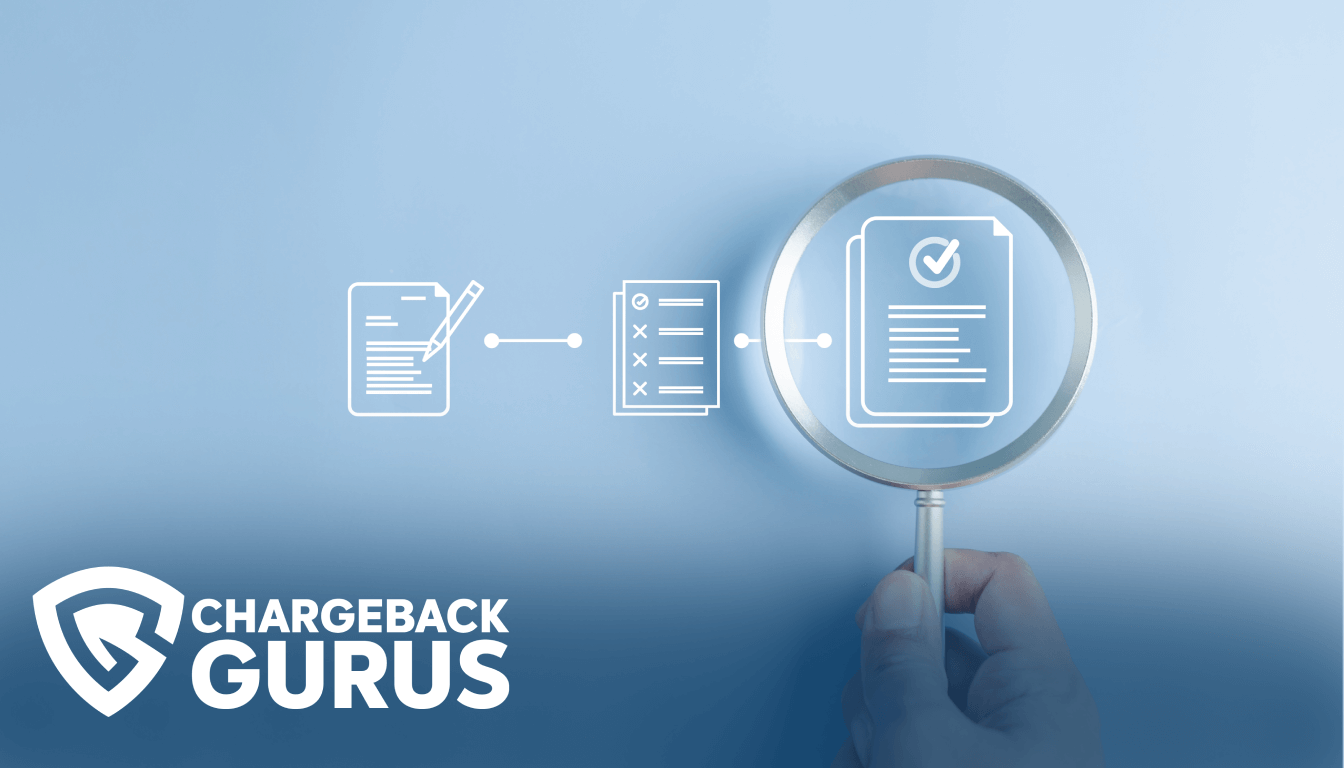Visa Chargeback Reason Code 83: Fraud

Table of Contents
- What is Visa chargeback reason code 83?
- What causes code 83 chargebacks?
- What's the time limit to respond to code 83 chargebacks?
- How can merchants fight code 83 chargebacks?
- How can merchants prevent code 83 chargebacks?
- About Visa chargeback reason codes
Merchants who receive a chargeback for a transaction placed with a Visa card may encounter reason code 83, which indicates an improperly authorized transaction that the cardholder does not believe they should be responsible for paying. The actual underlying cause of this chargeback may be true fraud, friendly fraud, or merchant error. Merchants who believe they have received an invalid chargeback under reason code 83 may be able to represent the transaction and reverse the chargeback with the right compelling evidence.
What is Visa chargeback reason code 83?
Visa chargeback reason code 83 falls under the “Fraud” category. The shorthand description is “Fraud—Card-Absent Environment.” This reason code means that the cardholder is claiming that they did not authorize or participate in a card-not-present transaction, and therefore it must be fraudulent.
This reason code may also be used for chargebacks where a fraudulent transaction was made in a card-not-present environment without authorization approval, and no valid Visa card has been issued under the account number that was used.
What causes code 83 chargebacks?
When legitimate, this chargeback is usually caused by a fraudster making a purchase from a merchant using stolen payment credentials. It can also be caused by false claims of fraud by cardholders.
Online credit card fraud is a pervasive and hard-to-manage problem for eCommerce merchants. Stolen card numbers are plentiful and cheap on the dark web and other illegal markets, making it easy for petty cybercriminals to try to defraud merchants with a minimum of effort, risk, or expense.
Once the cardholder views their bank statement and sees what has happened, they will contact their issuing bank to demand a chargeback.
Many cardholders will claim fraud, believing it to be the fastest and easiest way to get their bank to give them a chargeback, when they have a different problem entirely, or are simply experiencing buyer’s remorse.
These cardholders often find friendly fraud to be a more convenient way to get their money back than making a good faith effort to deal directly with the merchant.
What's the time limit to respond to code 83 chargebacks?
The acquirer or merchant has 30 days to respond to a chargeback filed under reason code 83.
How can merchants fight code 83 chargebacks?
Merchants can fight code 83 chargebacks by providing evidence proving that the cardholder authorized the transaction. Certain types of transactions have additional evidence requirements.
Your chargeback response should include the following:
- A manual or electronic imprint of the card.
- Proof that the transaction was fully and properly authorized.
- If a non-authenticated security transaction was processed and the Electronic Commerce Indicator value was set to 6 in the authorization request, provide evidence that the issuing bank responded to the authorization request with a Cardholder Authentication Verification Value.
- If the chargeback carries the “Airline Transaction” modifier, provide proof that the cardholder’s name is on the flight manifest and the itinerary.
- If the chargeback carries the “CP and Key-Entered” modifier, provide evidence that all transactions took place during the same stay, trip, or rental period, along with a manual or electronic imprint and proof that a signature, PIN, or other CDCVM was obtained.
- If the chargeback carries the “Secure Electronic Commerce Transaction (US Domestic)” modifier, provide a Verified by Visa authentication history log showing that the transaction was authenticated.
How can merchants prevent code 83 chargebacks?
The best way to prevent code 83 chargebacks is to ensure you have effective and up-to-date fraud prevention tools in place. Friendly fraud chargebacks are harder to prevent, but having helpful and available customer service and a clear billing descriptor is a good start.
Fraud isn’t easy to avoid in card-not-present environments, which is why many merchants rely on anti-fraud tools for protection. The following best practices can help you avoid this kind of chargeback:
- Require AVS and CVV matching on transactions that you process.
- Implement anti-fraud tools that use machine learning and artificial intelligence to assign risk scores to potentially fraudulent transactions, allowing you to block or manually review them.
- Always obtain authorization approval before processing any transaction.
- If a “decline” or ambiguous code is sent in response to an authorization request, ask the cardholder to furnish an alternate method of payment.
- Never “force” a transaction to go through without authorization, or after receiving a non-approval response.
- Train your staff on proper transaction handling procedures.
About Visa chargeback reason codes
Reason codes are alphanumeric codes that provide the justification for granting a chargeback. Pursuant to the Fair Credit Billing Act of 1974, cardholders have the right to dispute unauthorized or erroneous charges, and issuing banks must reverse a disputed transaction if the cardholder’s claim is valid.
When a cardholder contacts their issuing bank to dispute a transaction and receive a chargeback, the dispute is assigned a reason code that most closely matches the substance of the cardholder’s claims. The reason code provides the merchant and other stakeholders in the dispute with a concise explanation for why a chargeback has been granted.
Each card network—Visa, Mastercard, American Express, and Discover—defines and maintains their own unique set of reason codes, which are applied to disputes by the banks that issue credit and debit cards under their brands.
Visa specifies 46 reason codes under the categories of Fraud, Authorization, Point-of-Interaction Error, Consumer Disputes, and Processing Errors. Visa uses a numeric scheme for its chargeback reason codes.
Understanding chargeback reason codes is one of the most essential parts of effective chargeback management.
Identifying the chargeback reason code and the evidence required to fight it is the first step in chargeback representment, and analyzing your chargeback reason codes can provide you with insights into what types of disputes are causing you the most trouble.
With this information, you can determine the root causes of your chargebacks and take action to prevent them from reoccurring.


